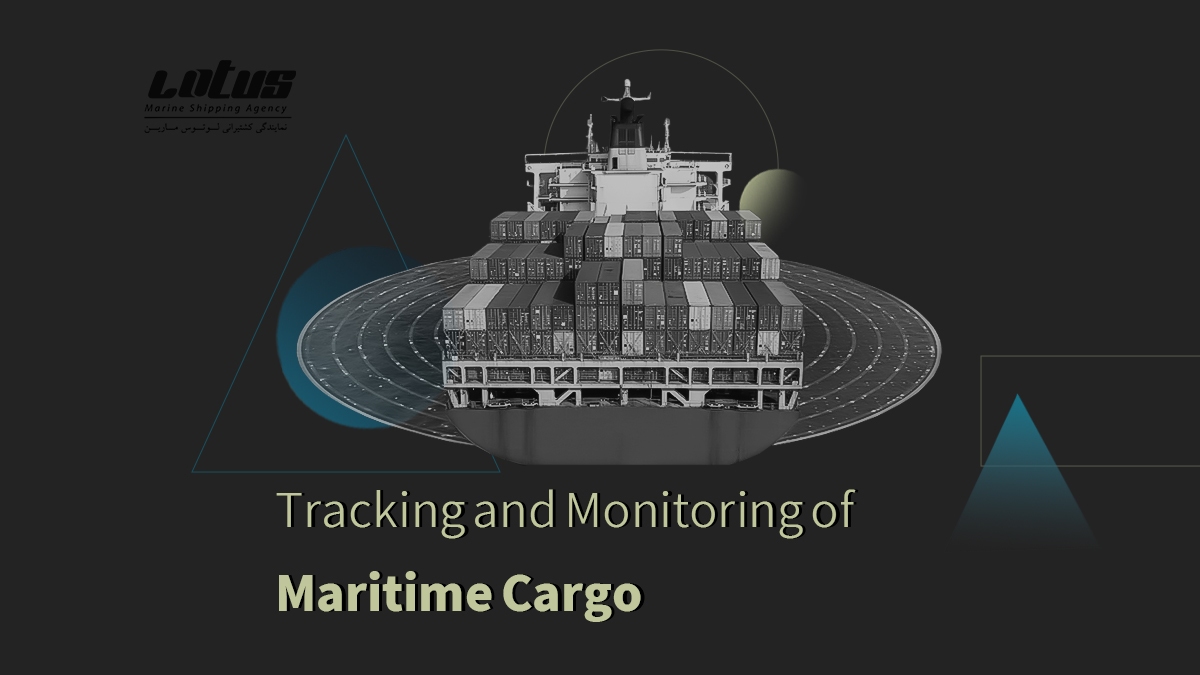Tracking and monitoring of maritime cargo play a vital role in ensuring transparency, security, and efficient logistics operations. Here is a brief overview of the topic:
- Global Container Tracking Systems: Discuss the use of advanced tracking systems, such as GPS (Global Positioning System) and AIS (Automatic Identification System), to monitor the location, movement, and status of containers during sea transportation. Highlight their benefits in terms of real-time visibility, improved supply chain management, and enhanced security.
- Electronic Data Interchange (EDI): Explain how EDI facilitates the exchange of shipment-related information electronically between stakeholders, including shippers, freight forwarders, and shipping lines. Discuss its role in tracking cargo, sharing documentation, and streamlining communication.
- IoT (Internet of Things) in Cargo Tracking: Explore the utilization of IoT devices, such as sensors and RFID (Radio Frequency Identification) tags, for tracking cargo conditions, including temperature, humidity, and vibration. Describe how IoT technologies enable proactive monitoring, timely alerts, and preventive actions to ensure cargo integrity.
- Container Security Devices: Discuss the use of security devices, such as tamper-evident seals and electronic locks, to monitor container integrity and prevent unauthorized access or tampering. Explain their integration with tracking systems to provide real-time security status updates.
- Supply Chain Visibility Platforms: Introduce supply chain visibility platforms that enable end-to-end tracking of maritime cargo, integrating data from various stakeholders and providing a centralized view of shipments. Discuss their features, such as milestone tracking, exception management, and analytics, for improved decision-making and customer service.
- Customs and Regulatory Compliance: Highlight the importance of tracking and monitoring systems in ensuring compliance with customs regulations and trade requirements. Explain how accurate and timely cargo tracking data assists in customs clearance processes, risk assessment, and regulatory compliance checks.
- Geofencing and Route Optimization: Describe how geofencing technology allows for the creation of virtual boundaries and triggers notifications when a container deviates from its intended route. Discuss how route optimization algorithms can leverage tracking data to enhance efficiency, reduce transit time, and minimize transportation costs.
Effective tracking and monitoring of maritime cargo contribute to supply chain visibility, risk mitigation, and customer satisfaction. By leveraging technological advancements and integrating tracking systems, stakeholders can enhance operational efficiency, ensure cargo safety, and optimize logistics processes.
For More Information visit www.lotus-marine.com

